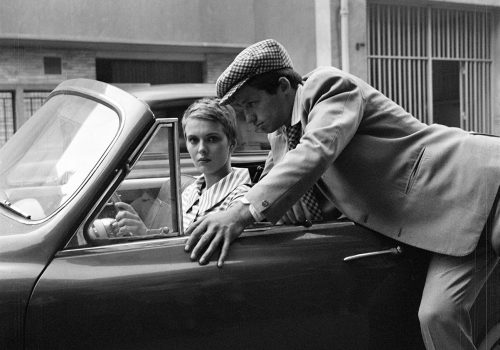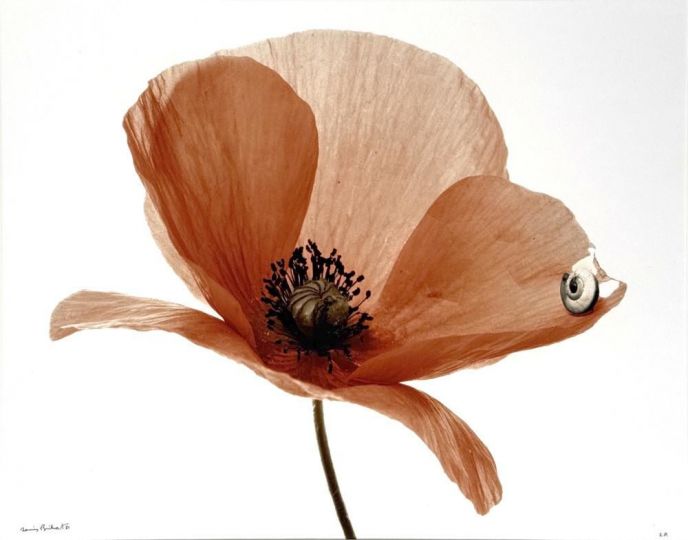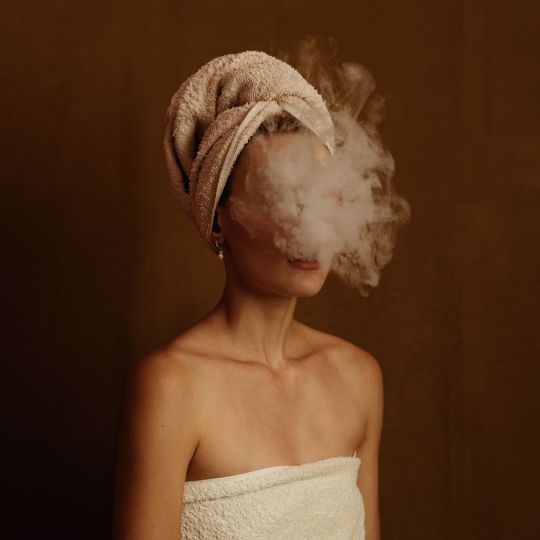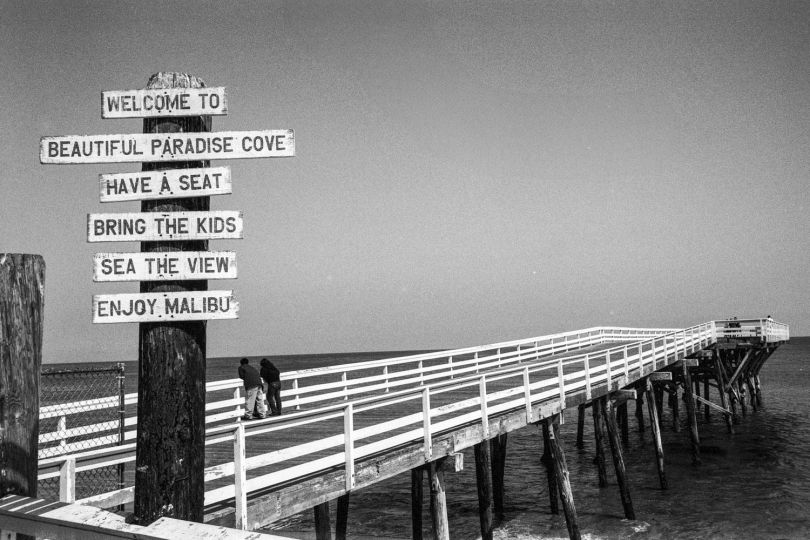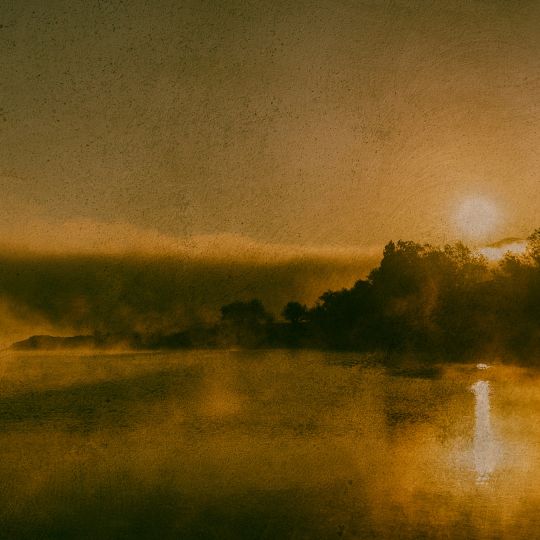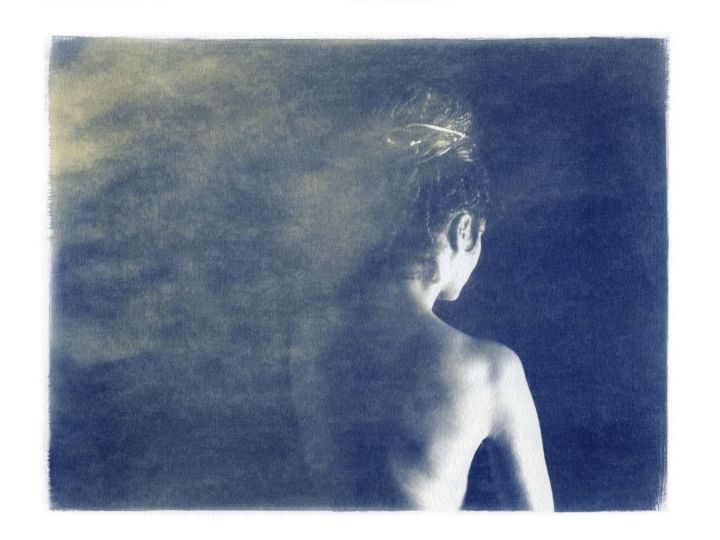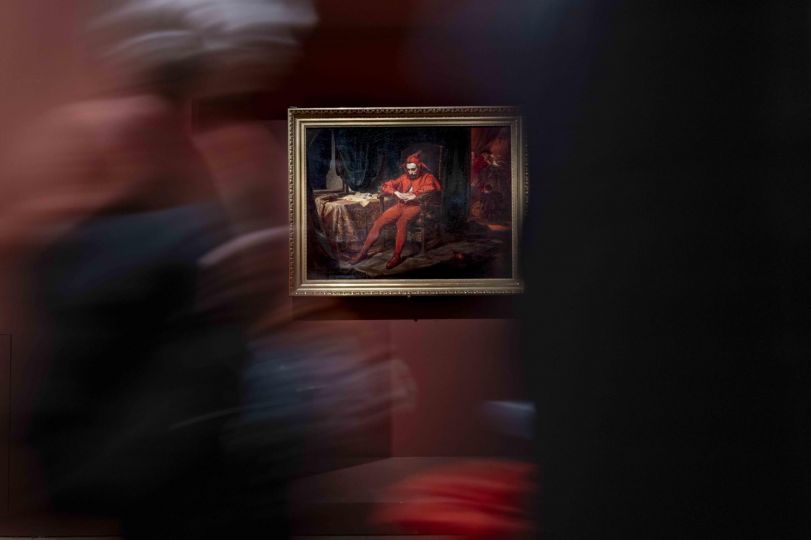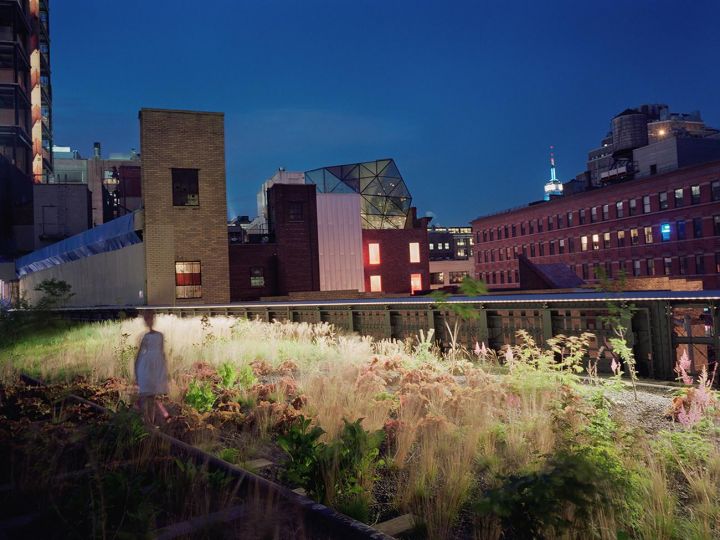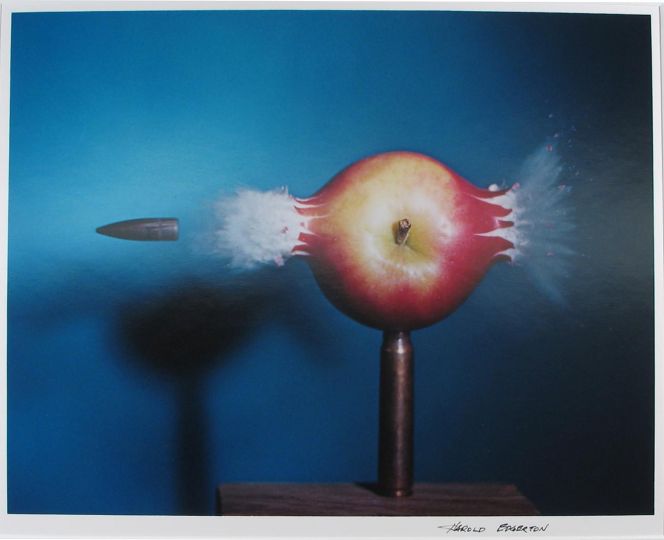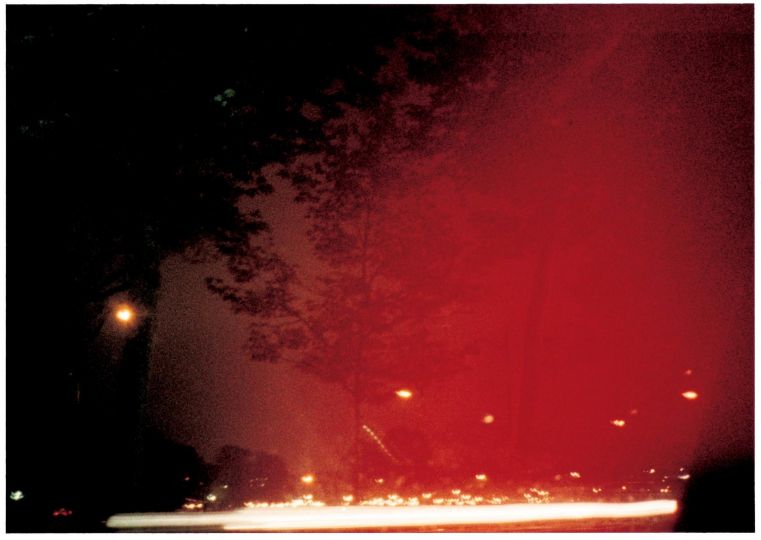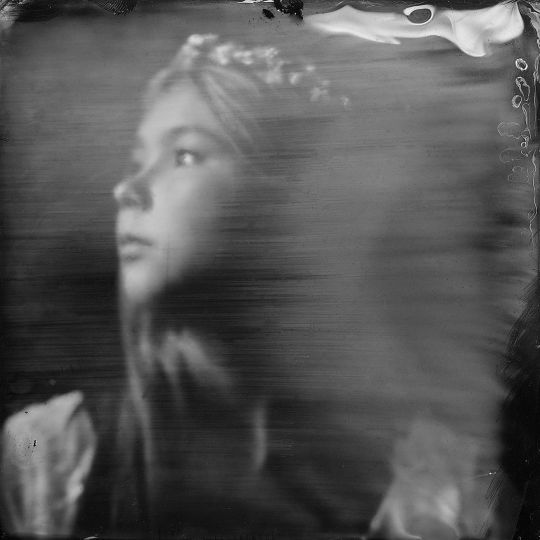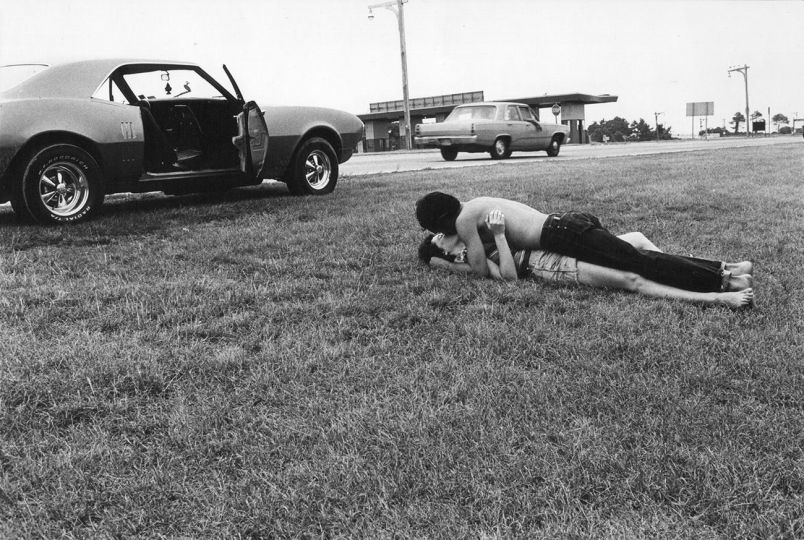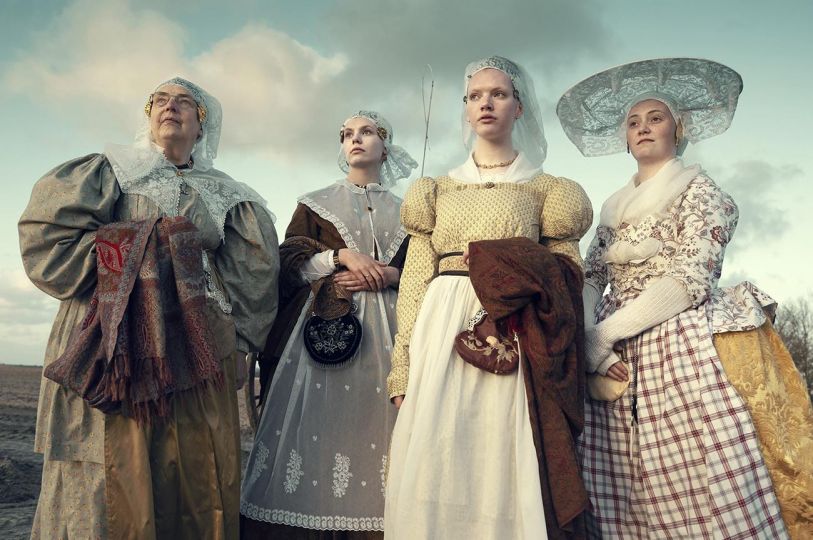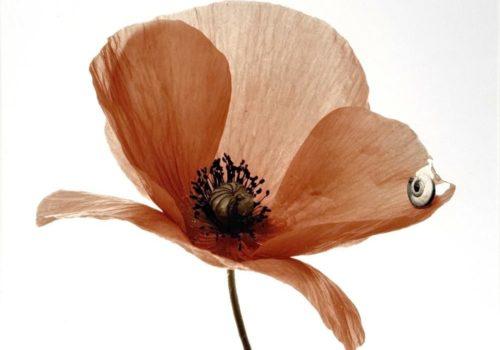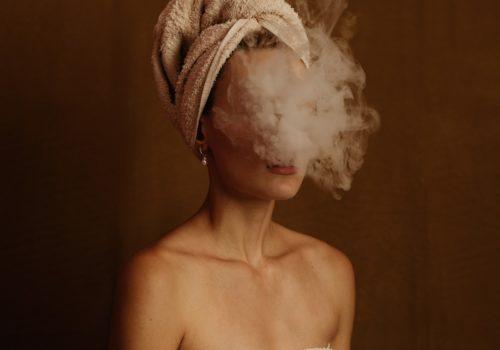A famous photograph of Jean Seberg and Jean-Paul Belmondo strolling the Champs-Elysées is not, contrary to what one might think, an image of the film. It is a pure staging by photographer Raymond Cauchelier to whom we owe this common sense reflection: “what is good for the cinema, is not always so for the photo …”. Photography thought like the twenty-fifth image, the one we remember!
In 1936, with the victory of the Popular Front, we witness the height of poetic realism. It is a cinema shot in the studio where decorators such as Alexandre Trauner play an important role. If the dialogists, too, become key characters in French cinema (the most famous being Jacques Prévert), the cinematographers mark their era with their talent and ingenuity. Henri Alekan, one of the most famous of them, inspired Colette Harcourt to create studios of the same name.

